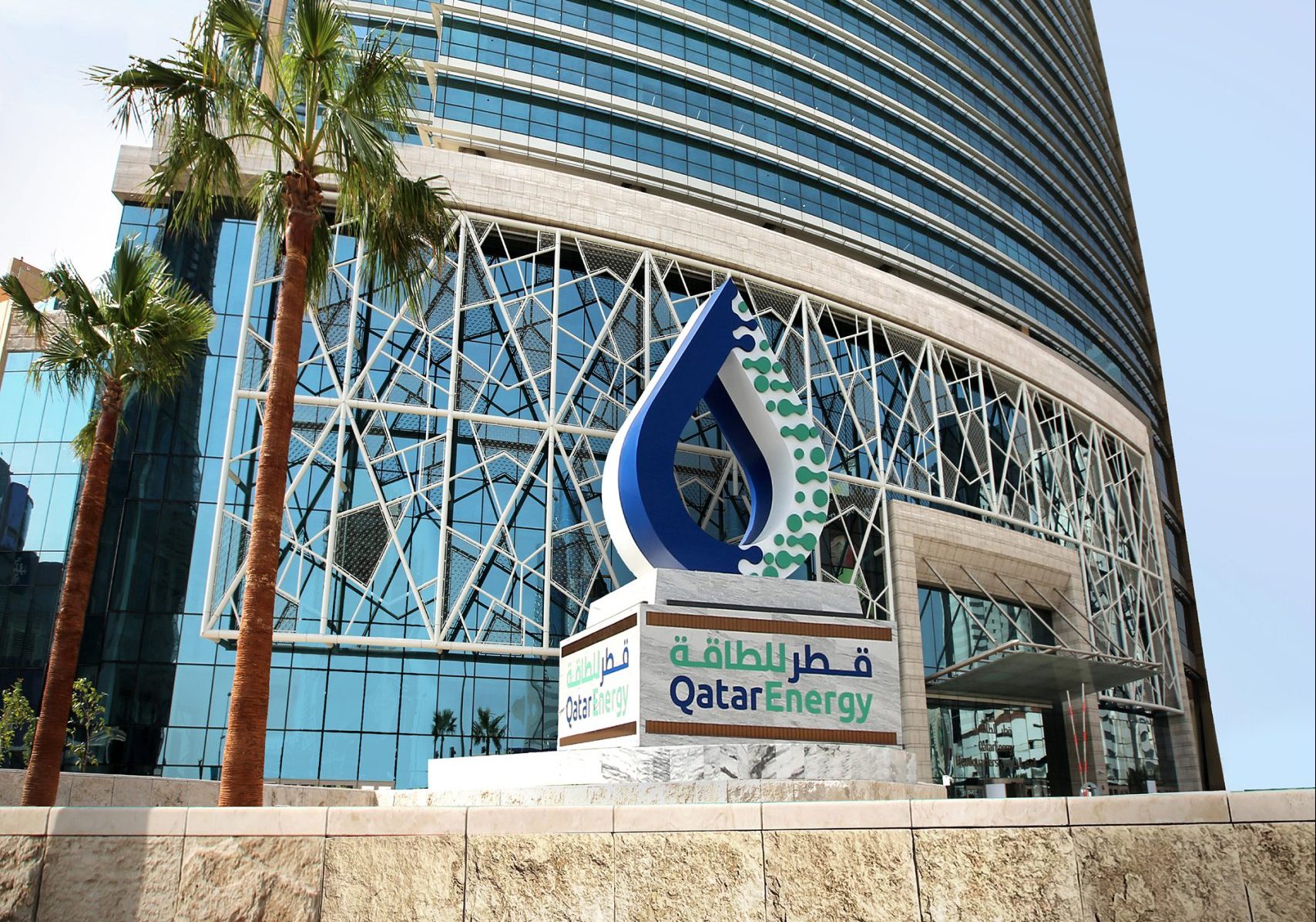
The cost of living in Qatar is creeping up again, according to new government statistics released this week.
The Ministry of Development Planning and Statistics said consumer prices in Qatar have increased by 1.9 percent between November 2014 and November 2015.
That pushes inflation up from 1.7 percent in October, and is primarily due to higher costs for housing and recreational activities, the ministry said in its monthly consumer price index report.

However, the inflation rate is still modest by international standards.
Combined with a rise in wages in recent years, this means residents are having to work less hard to afford some household staples and luxuries, recent research has found.
Still, Qatar National Bank (QNB) said yesterday that inflation is expected to accelerate over the next two years.
Food and oil
This year, the cost of food and oil helped keep prices down in Qatar.

But international food prices are expected to climb in 2016, according to QNB, which added that the cost of oil may recover a year after that.
Meanwhile, residential housing costs, which already eat up a third of the average expat household’s annual income, continue to go up, albeit at a slower rate than in 2014.
With no residential rent controls, landlords are free to increase rates as they please. This means that actual rent increases across Doha vary widely.
But on average, rents in mid-range, centrally located neighborhoods such as Al Sadd, Bin Mahmoud and Al Waab have increased between 3 and 5 percent over the last year, real estate services firm DTZ Qatar said in October.
Premium properties, such as flats in the West Bay area and the Pearl-Qatar, have remained flat following the exodus of thousands of oil and gas workers, the company added.
By comparison, Qatar National Bank reported last year that average residential rental increases hit a six-year high at nearly 8 percent in August 2014.
Purchasing power
While Doha may be an increasingly expensive city in which to rent a flat or villa, residents can at least take some solace that a meal at McDonald’s has become more affordable.

In a study released this fall, financial services firm UBS looked at the purchasing power of residents in dozens of cities around the world by examining local consumer prices and average wages.
That led to several light-hearted comparisons, such as how long one has to work to afford a Big Mac.
In Doha, it was 18 minutes – the 33rd lowest out of 71 cities included in the study. That’s a minute longer than residents of Dubai and two minutes less than in Manama, the only other Gulf cities included in the study.
According to UBS, the purchasing power of Doha residents – at McDonald’s, anyway – has increased in recent years as salary levels increase.
UBS published average salary levels for nearly a dozen employment categories between 2009 and 2015. While the results varied between various positions, many showed modest to large increases.

A call center agent, for example, went from earning an average of $10,900 in 2009 to $14,284 this year. Similarly, a personal assistant’s average salary increased from $19,700 six years ago to $23,624 in 2015.
These changes mean that in 2009, the average resident had to work nearly twice as long – 34 minutes – to afford a Big Mac.
The trend was the same for a 1kg bag of rice. In 2009, one had to work 28 minutes to afford the staple food. By 2015, it had dropped to just under 12 minutes.
Thoughts?







